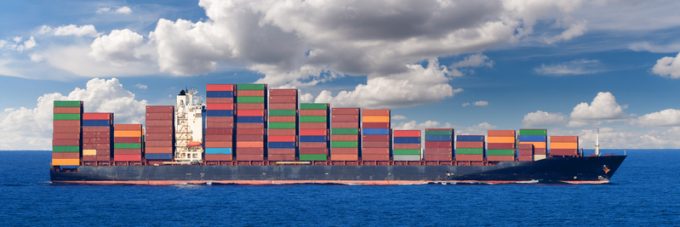Cancelled voyages take the sting out of spot rate declines this week
Container freight spot rates maintained their downward trajectory this week, as tariff uncertainty continued to ...

Ocean carriers with the greatest exposure to the embattled east – west trades recorded the steepest fall in their average freight rates in the first quarter and are struggling to breakeven in the soft market environment.
According to an Alphaliner analysis, Hapag-Lloyd tops the table so far, of carriers that publish their results in detail, with an average rate for the 2.84m teu that it transported in Q1 of $1,999 per teu.
This represents a 27.9% decline in the German carrier’s average ...
Ecommerce air traffic to US set to grind to a halt as de minimis exemption ends
Maersk u-turn as port congestion increases across Northern Europe
Apple logistics chief Gal Dayan quits to join forwarding group
Widespread blanked sailings stave off major collapse of transpacific rates
Transpac rates hold firm as capacity is diverted to Asia-Europe lanes
Airlines slash freighter capacity post-de minimis, but 'the worst is yet to come'
Houthis tell Trump they will end attacks on Red Sea shipping
MSC revamps east-west network as alliance strategies on blanking vary
Maersk Air Cargo sees volumes fall as it aims for 'margin in favour of revenue'
India-Pakistan 'tit-for-tat' cargo ban sparks sudden supply chain shocks
Gemini Cooperation carriers steam ahead of rivals in reliability stakes
Containership charter market feels the ripples from trade tensions
Changing shipment origin won't wash: US CBP turns away whole truckloads
Expeditors reports healthy growth in a 'frenzied landscape of tariffs'
Tariff on imported products for drugs would be hard for US pharma to swallow
Atlas Air stays bullish on US change: 'we're flexible, we can fly to other markets'

Comment on this article